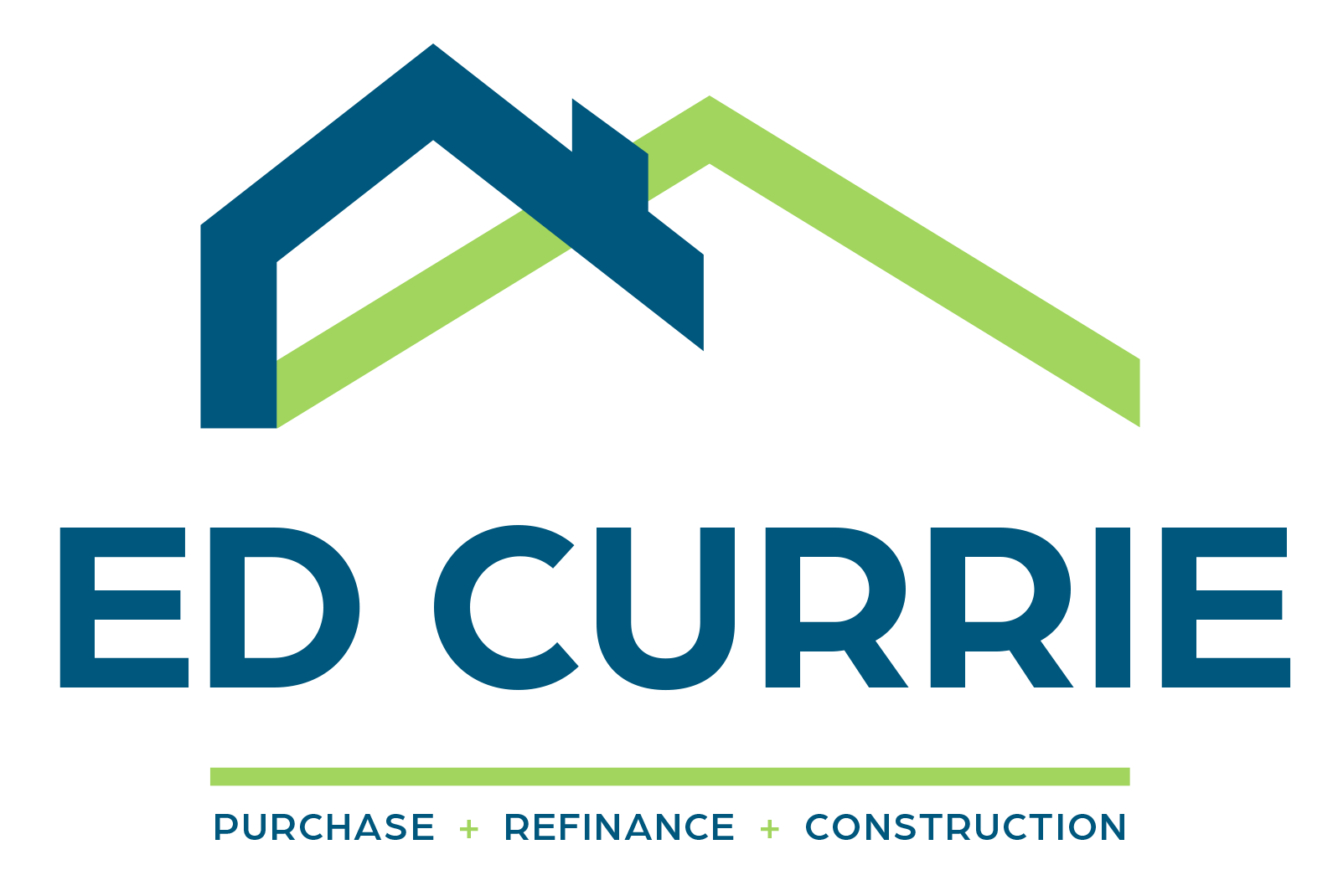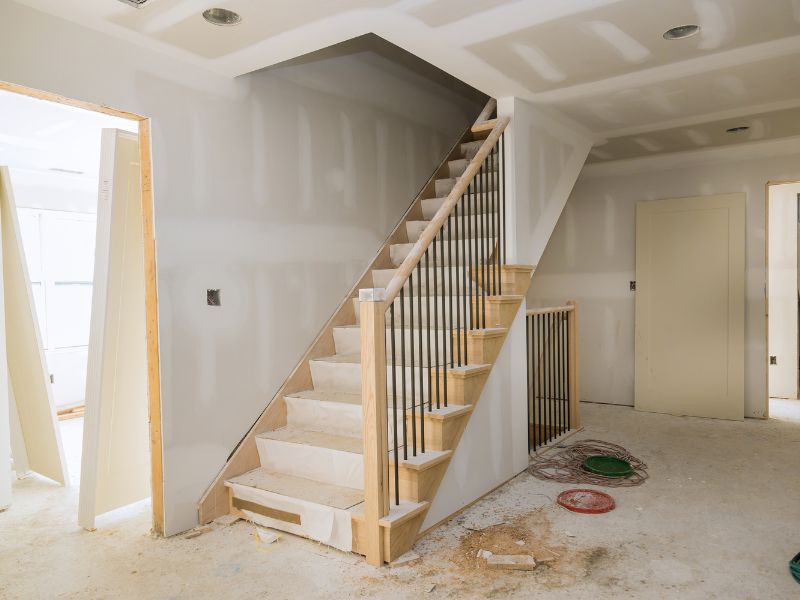If the value comes in lower than expected, there are a few remedies to either increase the appraised value or reduce the cash to close needed.
Appraised Value
So what happens if you don’t like the result of the appraiser’s value? There are two options if you don’t like the appraiser’s opinion of value:
-
Dispute the appraisal – You can dispute your appraisal if you believe it is factually inaccurate or does not represent market value.To do this you will need to complete a dispute form.Once you complete that we will send in for the appraiser to review.The dispute results could take 2-4 business days.As you might imagine, getting the appraiser to change his own opinion is a tough task.The success rate for appraisal disputes is low and if successful the improvement is generally small.
-
Request a second appraisal – If you are not satisfied with the results of the dispute, we may be able to order a second appraisal.To do this we need to make a request to our review department. If they approve the second order request, there may be a fee to do so. The process and timing of the second appraisal will be about the same as the first appraisal.
Reduce Cash to Close
If you are not able to increase the appraised value from the initial number, there are a few strategies to reducing the cash to close number.
-
Eliminate the contingency – you have a contingency in your budget, there’s no need to have it if it means you will just need to bring in the additional cash to close.Keep in mind though that if there are any increases to the budget during the construction phase, you will need to cover those.Any change to the budget needs to be reviewed by the appraiser.
-
Reducing the budget – To be clear, this is reducing the costs of the same items in the budget and not changing the scope of the project.It’s not uncommon for the budget to have “some fat” in it initially.If it’s possible to trim the budget on the same items, it will reduce your cash to close.Any change to the budget needs to be reviewed by the appraiser.
-
Condition the budget lower – This is not ideal, but can be a strategy to move forward on the project.Essentially what you are doing is reducing the budget on items you know will be realized at a higher amount during the construction phase.This strategy can make sense for clients who anticipate they will have excess cash to funds any overages as they occur.This may be from the sale of a home or employment compensation that comes in lump sums like bonuses or business distributions.One key item to remember if utilizing this strategy is that if/when items come in higher than budgeted during the construction phase, you need to cover the difference when the items is paid for as opposed to at the end of the project.Any change to the budget needs to be reviewed by the appraiser.
-
Change the scope of the project – Changing the scope of the project is probably the last resort.Generally speaking when people change the scope of the project they reduce cost by eliminating costly aspects of the project. Sometimes those aspects provide a lot of value in the opinion of the appraisal.When changing the scope of the project, you should use the existing appraisal as a guide to what the potential changes may be.The size of the home is the most import aspect of value.So if you reduce the size of the home be prepared for a lower value once the appraiser reviews the changes.Other changes can be a crap shoot as well.When changing the scope of the project, there is no telling if the appraiser will make changes to the opinion of value.

If the value comes in lower than expected, there are a few remedies to either increase the appraised value or reduce the cash to close needed.
Appraised Value
So what happens if you don’t like the result of the appraiser’s value? There are two options if you don’t like the appraiser’s opinion of value:
Dispute the appraisal – You can dispute your appraisal if you believe it is factually inaccurate or does not represent market value.To do this you will need to complete a dispute form.Once you complete that we will send in for the appraiser to review.The dispute results could take 2-4 business days.As you might imagine, getting the appraiser to change his own opinion is a tough task.The success rate for appraisal disputes is low and if successful the improvement is generally small.
Request a second appraisal – If you are not satisfied with the results of the dispute, we may be able to order a second appraisal.To do this we need to make a request to our review department. If they approve the second order request, there may be a fee to do so. The process and timing of the second appraisal will be about the same as the first appraisal.
Reduce Cash to Close
If you are not able to increase the appraised value from the initial number, there are a few strategies to reducing the cash to close number.
Eliminate the contingency – you have a contingency in your budget, there’s no need to have it if it means you will just need to bring in the additional cash to close.Keep in mind though that if there are any increases to the budget during the construction phase, you will need to cover those.Any change to the budget needs to be reviewed by the appraiser.
Reducing the budget – To be clear, this is reducing the costs of the same items in the budget and not changing the scope of the project.It’s not uncommon for the budget to have “some fat” in it initially.If it’s possible to trim the budget on the same items, it will reduce your cash to close.Any change to the budget needs to be reviewed by the appraiser.
Condition the budget lower – This is not ideal, but can be a strategy to move forward on the project.Essentially what you are doing is reducing the budget on items you know will be realized at a higher amount during the construction phase.This strategy can make sense for clients who anticipate they will have excess cash to funds any overages as they occur.This may be from the sale of a home or employment compensation that comes in lump sums like bonuses or business distributions.One key item to remember if utilizing this strategy is that if/when items come in higher than budgeted during the construction phase, you need to cover the difference when the items is paid for as opposed to at the end of the project.Any change to the budget needs to be reviewed by the appraiser.
Change the scope of the project – Changing the scope of the project is probably the last resort.Generally speaking when people change the scope of the project they reduce cost by eliminating costly aspects of the project. Sometimes those aspects provide a lot of value in the opinion of the appraisal.When changing the scope of the project, you should use the existing appraisal as a guide to what the potential changes may be.The size of the home is the most import aspect of value.So if you reduce the size of the home be prepared for a lower value once the appraiser reviews the changes.Other changes can be a crap shoot as well.When changing the scope of the project, there is no telling if the appraiser will make changes to the opinion of value.




![EdCurrie_Logo White[Transparent] EdCurrie_Logo White[Transparent]](https://edcurrie.com/wp-content/uploads/elementor/thumbs/EdCurrie_Logo-WhiteTransparent-qybu3sjgpfhje9098uitv7fpt7os2hgn52gfy6ocx4.png)